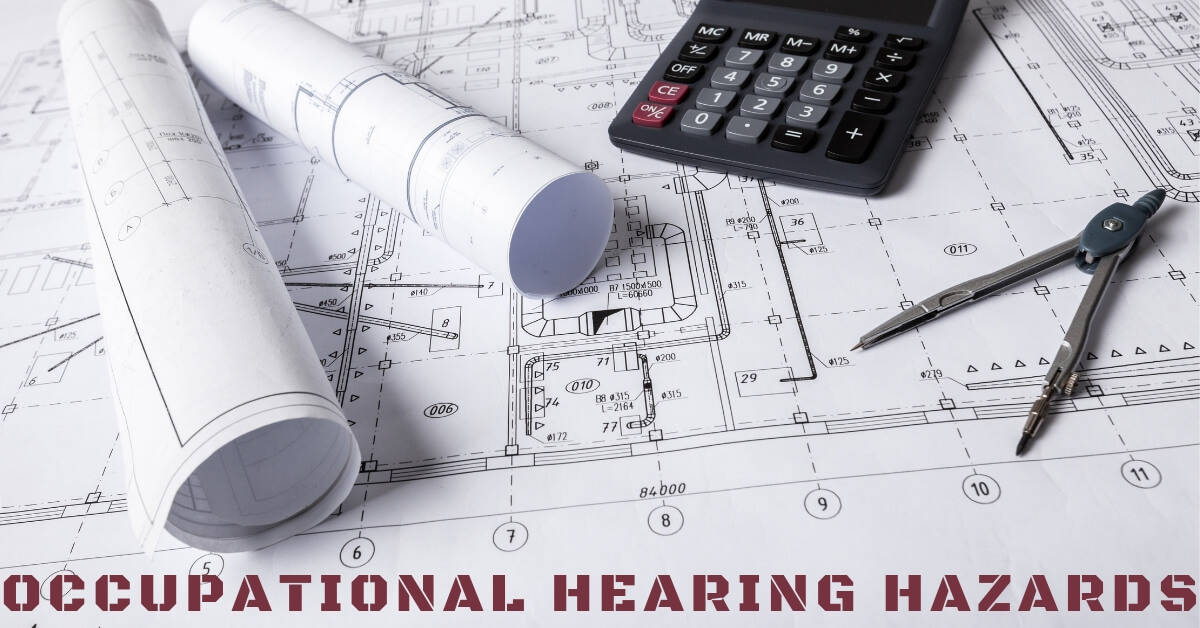We are bombarded by noise in our home, social, and work life. It is important to realize when noise has reached a level that it becomes a hazard. Sometimes we can reduce noise at home with a few simple measures, like not sitting near the refrigerator when the ice-maker is cycling, using noise cancelling headphones or protective ear plugs when using the snowblower or a chain saw, and keeping the sound of personal electronic devices at a reasonable level. But if noise is part of our employment, that’s a different matter.
If you work in a noisy environment, consider a hearing evaluation at Advanced Hearing Solutions to set a base level so your hearing can be monitored and any hearing loss can immediately be addressed. Hearing loss at an occupation that exposes you to noise each day can be subtle and you need to stay on top of the issue to ensure your optimal hearing health.
Workplace noise
More than 22 million workers are in a job that exposes them to potentially damaging noise. In 2018, U.S. businesses paid out more than $1.5 million in penalties for failing to protect their workers from noise in the workplace. An estimated $242 million is spent annually on workers’ compensation for hearing loss disability. There are specific Occupational Safety and Health Administration guidelines that address noise in the workplace. Hearing loss in the workplace is pervasive, but you can also protect yourself against it.
Exposure to loud noise, over a period of time or in one single incident, kills the nerve endings in the inner ear. For a time, the other nerve endings can compensate, but eventually, the damage becomes so severe hearing loss is the result. The first signs are ringing in your ears hours after leaving work and a sensation that seems like your ears are full or stuffed with cotton. Conversations may seem muffled. Noise induced hearing loss limits your ability to hear high frequency sounds, like women and children’s voices, and also limits the ability to process conversation.
In addition, loud noise in the workplace can create physical and psychological stress, reduce productivity, interfere with communication and concentration, and contribute to workplace accidents and injuries because it is difficult to hear warning signals, according to OSHA representatives.
Noise protection
Employers who are aware their employees are being subjected to noise in the workplace should provide devices that protect the hearing as well as instructions on how to use the hearing protection. At the bare minimum range is ear plugs. They need to be replaced when dirty or worn, and they should be compressed and rolled and then inserted in the ear canal where they expand to block the noise.
Custom ear plugs can be ordered and fitted if ear canal structure does not allow for the use of standard ear plugs.
In cases where noise is quite higher than the 85-decibel range, noise cancelling headphones and ear plugs may be necessary. In some cases where employees are subjected to continuous loud machine generated noise, quiet areas where employees can take breaks should be provided. Employees can be rotated on work stations so they are only exposed to loud machinery for a limited duration and then moved to a quieter area. Sometimes noise buffers like sound proof walls or curtains can be installed to reduce the noise and making sure equipment says lubricated and operating at peak efficiency will also reduce noise. Moving work stations away from noisy machinery will decrease the decibel exposure and even a small reduction makes the workplace safer.
Hearing conservation
Workplace noise sampling will help identify areas and employees near those areas that are at risk due to noise. Making sure noise protection is used and used properly is important as is regular hearing tests to make sure workers are not being affected even if they are using ear protection.
Hearing loss is a result of cumulative exposure, and it is important that workers realize the dangers of noise exposure. OSHA inspectors report on numerous occasions they have observed workers wearing noise cancelling headphones, but having one ear exposed so they can continue to talk to a co-worker.
We can help you out with a full industrial or military hearing evaluation and Advanced Hearing Solutions can also provide you with customized hearing protection. Call today for an appointment.

